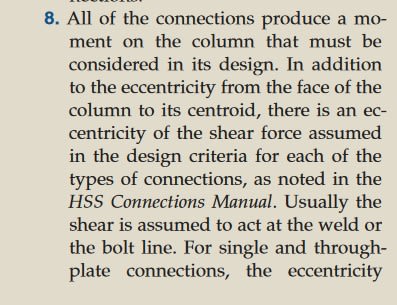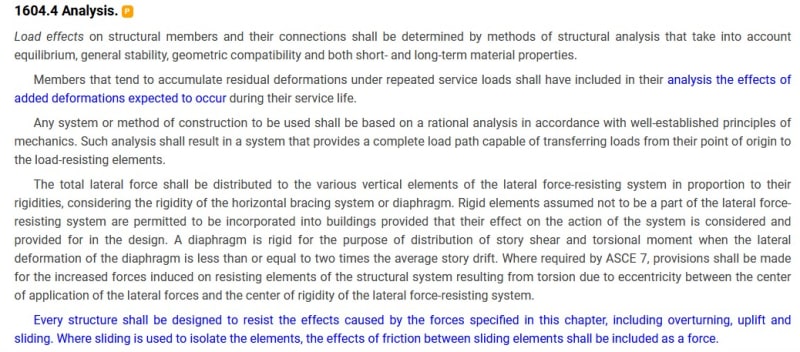BAGW
Structural
- Jul 15, 2015
- 392
Hi,
When the beam/girders are attached to HSS tube with shear plate connection, should the column be designed for eccentricity from the bolt to center line of column?
Can we get away from designing the column from eccentric moment if we design the connection for the eccentricity? Similar to extended shear tab connection?
When the beam/girders are attached to HSS tube with shear plate connection, should the column be designed for eccentricity from the bolt to center line of column?
Can we get away from designing the column from eccentric moment if we design the connection for the eccentricity? Similar to extended shear tab connection?


